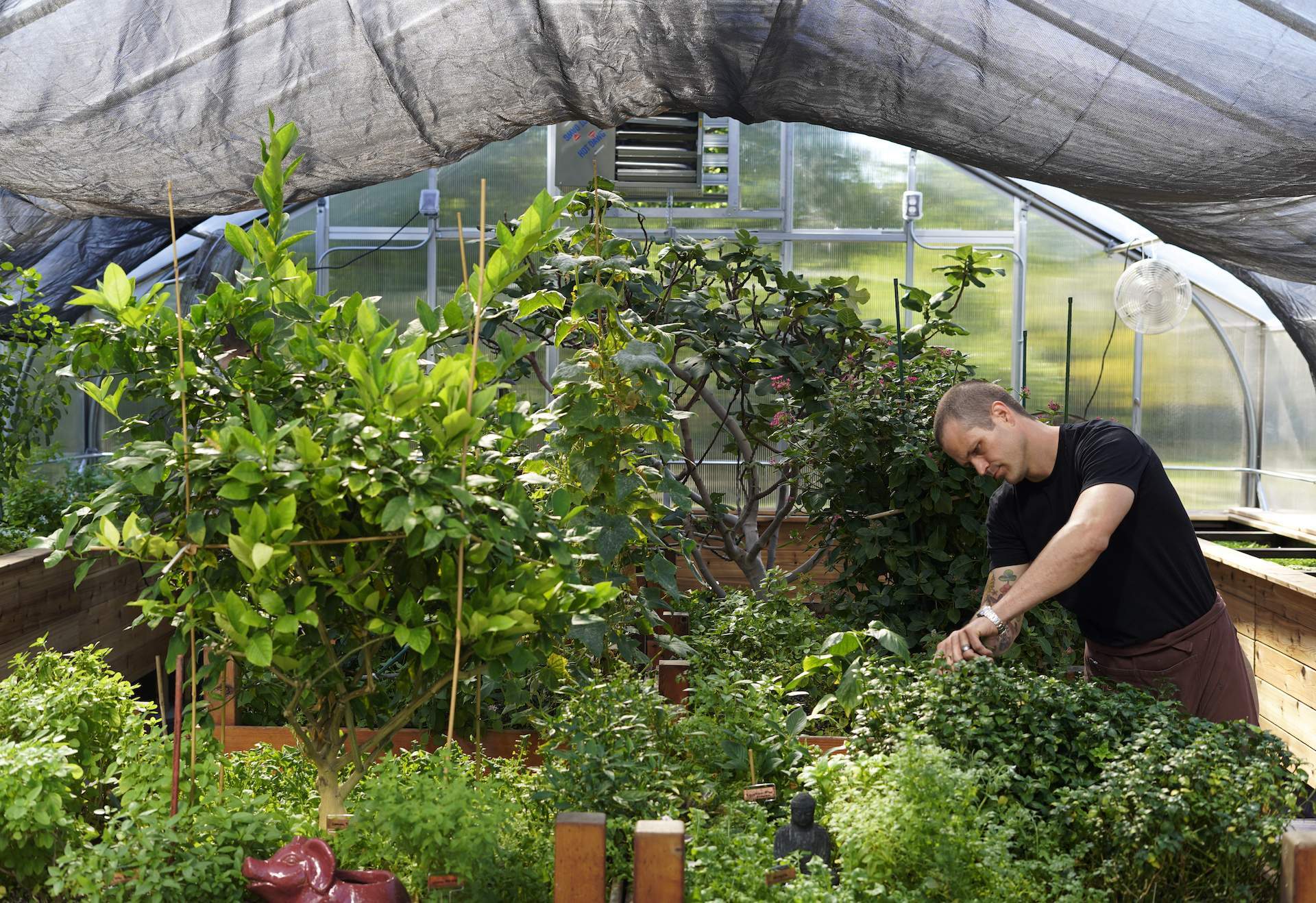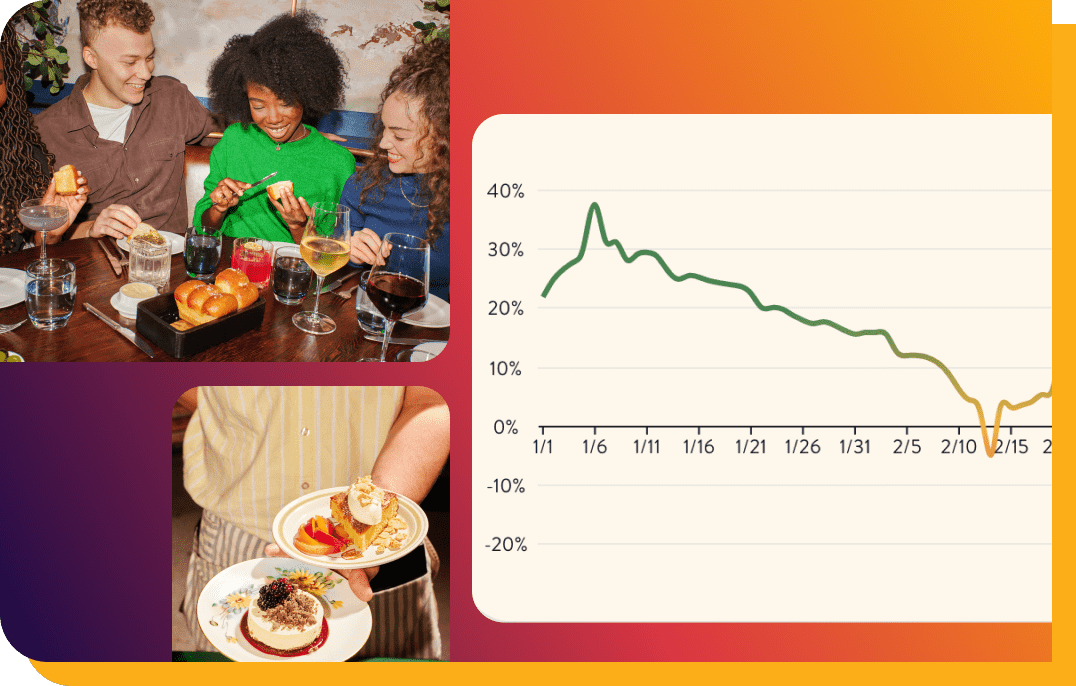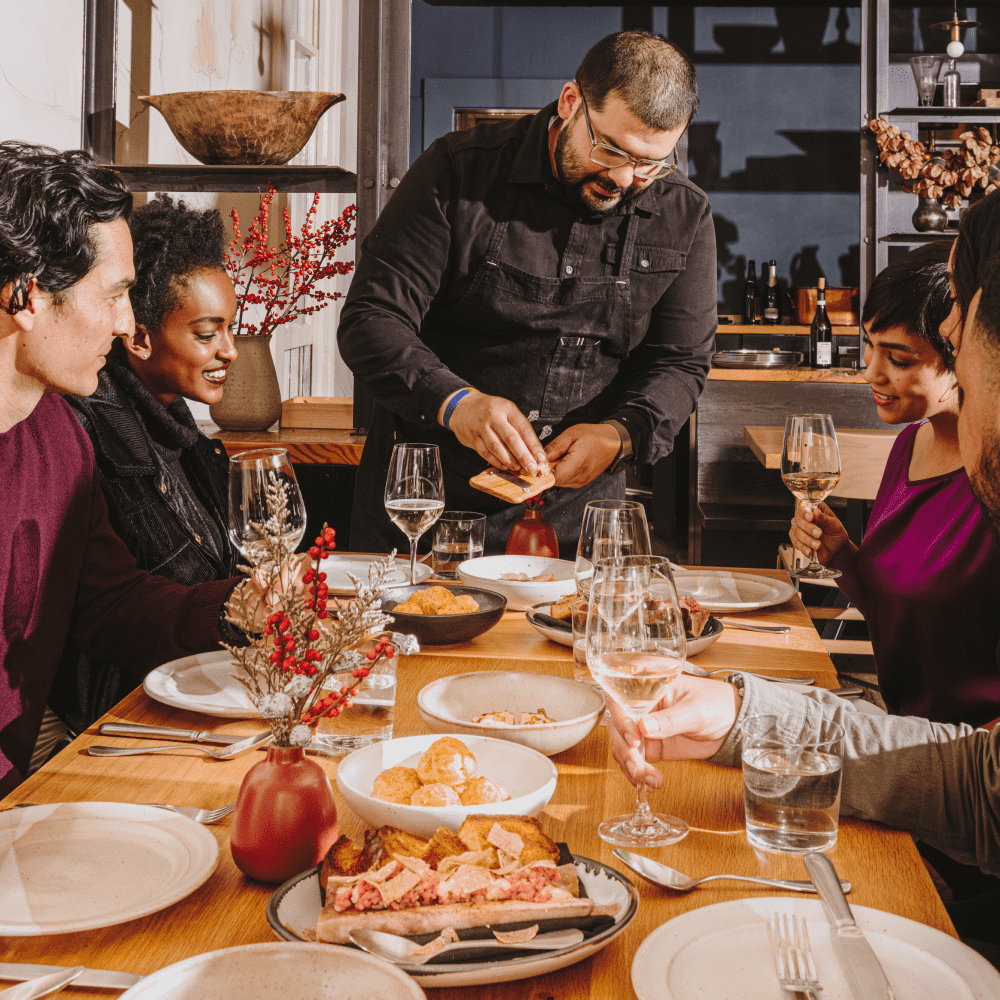Like most businesses these days, restaurants are on the lookout for ways to become more environmentally conscious. Some owners are devout environmentalists who want to cut their carbon footprint. Others are thinking about drawing in the 66% of guests who will pay more for something sustainable.
Whatever the motivation, sustainability has become a major priority in the industry. In the process, many restaurant owners discovered that some sustainable practices—especially the ones that focus on reducing waste—can come with significant cost savings.
The OpenTable blog recently shined a spotlight on some of the biggest players in the world of sustainability. Every article in the series is worth a read, but several themes emerged across how these restaurants achieve sustainable superstar status. By implementing some of these practices, other restaurants can not only reduce their impact on the environment but also improve their bottom line and attract eco-conscious customers, too.
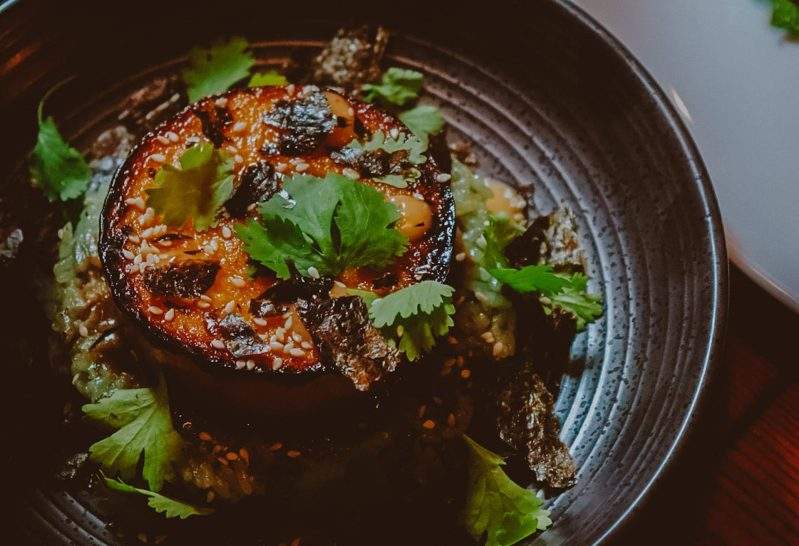
Composting
At Forage in Boston, the kitchen focuses on using all parts of its ingredients to cut food waste to the bone. They produce a paltry 5 gallons of unused food per day. That’s nothing compared to the half-pound of food waste created for the average restaurant meal served in the US, according to food-waste expert Jonathan Bloom. And the minimal food scraps go straight to the compost bin—never to a landfill.
Eden restaurant in Chicago is also committed to composting 100% of its compostable items. In the Los Angeles area, Sage Plant Based Bistro uses compost from its kitchen to enrich the soil on its own nearby farm.
If you’re interested in kicking off a composting program at your restaurant, check out this overview from the Green Business Bureau and this Q&A from Restaurant Business to start exploring. It may not be as messy and onerous as you think.
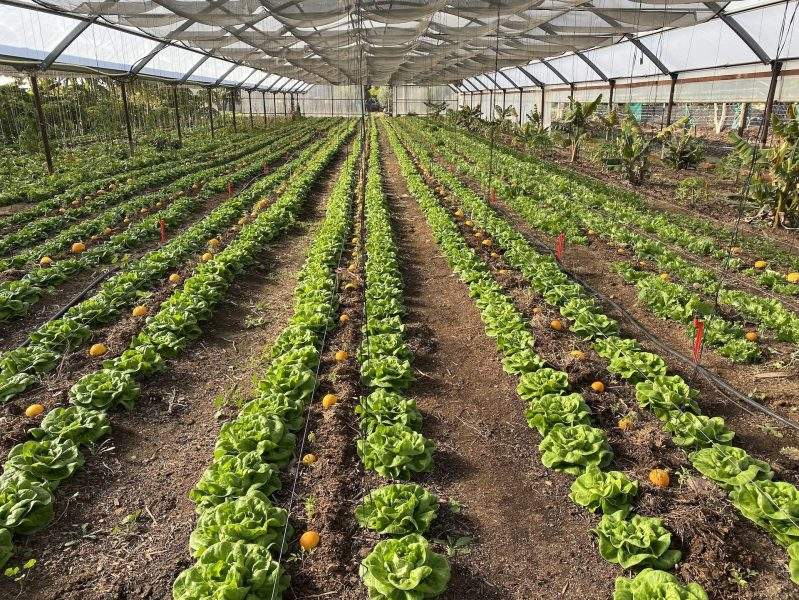
Grow your own
If you have or can get the space required, farming your own food is an ambitious way to cut your food miles and guarantee pristine produce.
One of the pioneers of the local food movement, Greens Restaurant in San Francisco has been growing its own vegetables since opening in 1979. It still harvests salad greens, herbs, and many other ingredients from its 8-acre farm right over the Golden Gate Bridge.
Sage Plant Based Bistro sources much of its produce from its own full-fledged agricultural operation, Sow A Heart regenerative farm in Fillmore, California. Eden in Chicago also grows its own food, in a large greenhouse across the parking lot from the restaurant. In addition to producing the freshest possible produce, the greenhouse also creates a much-needed refuge for bees, butterflies, birds, and other pollinators.
Buy local
In terms of reducing food miles, the next best thing to farming onsite is to source primarily local produce from small farms. At Print restaurant in New York City, more than 80% of the food served comes from these local farms. In the springtime, Print team members can be found out in local nature foraging for ramps and morel mushrooms. And at Forage, 90% of the food has been raised, grown, or produced in New England.
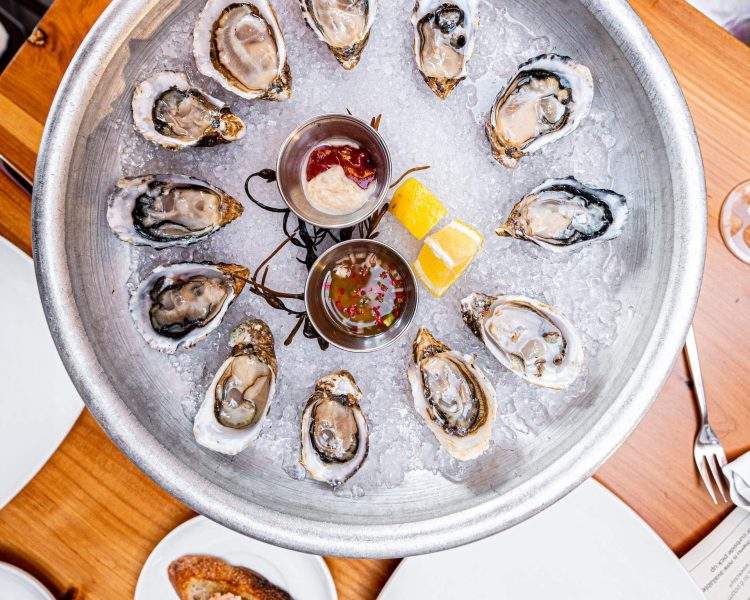
Add oysters to the menu
Oysters are unusual because instead of polluting or degrading their aquatic environment, they actually improve it. Oysters clean and filter waterways while providing nourishment for other life in the ecosystem.
At The Shuckery in San Francisco, oysters are the focus. The restaurant is enrolled in Zero Waste Sonoma to keep waste out of landfills and compost all of its oyster shells. The whole restaurant produces only one black bag of trash a night.
Crave Fishbar was New York’s first 100% sustainable seafood restaurant. Two of Crave’s locations send their oyster shells to the Billion Oyster Project, an organization on a mission to repopulate New York Harbor with the bivalves that were once there in great abundance. In eight years, Crave has sent more than 3 million oyster shells off to the project.
Make restaurant work sustainable
The concept of sustainability is broad, and increasingly restaurants are including a positive, supportive work culture as part of their sustainability efforts.
“There are lots of different kinds of sustainability,” Forage owner Stan Hilbert says. For his restaurant, he limits the kitchen team to four workdays per week so that they can have a life outside of work and avoid burnout.
After all, for a restaurant to achieve true sustainability it needs to be sustainable over the long term for the people working there, too.

